FAO and WHO released report identifying food safety hazards of cell-based food
On Apr. 5, 2023, the Food and Agriculture Organization (FAO), in collaboration with the World Health Organization (WHO),…
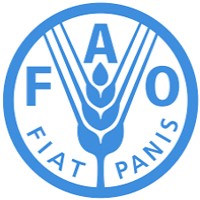
On Apr. 5, 2023, the Food and Agriculture Organization (FAO), in collaboration with the World Health Organization (WHO),…
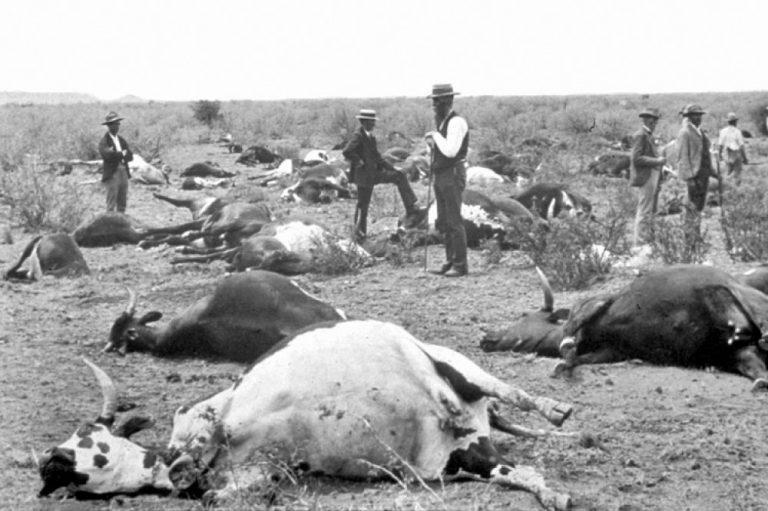
On Jun. 14, 2019, the Pirbright Institute announced that it had destroyed the last samples of rinderpest virus…
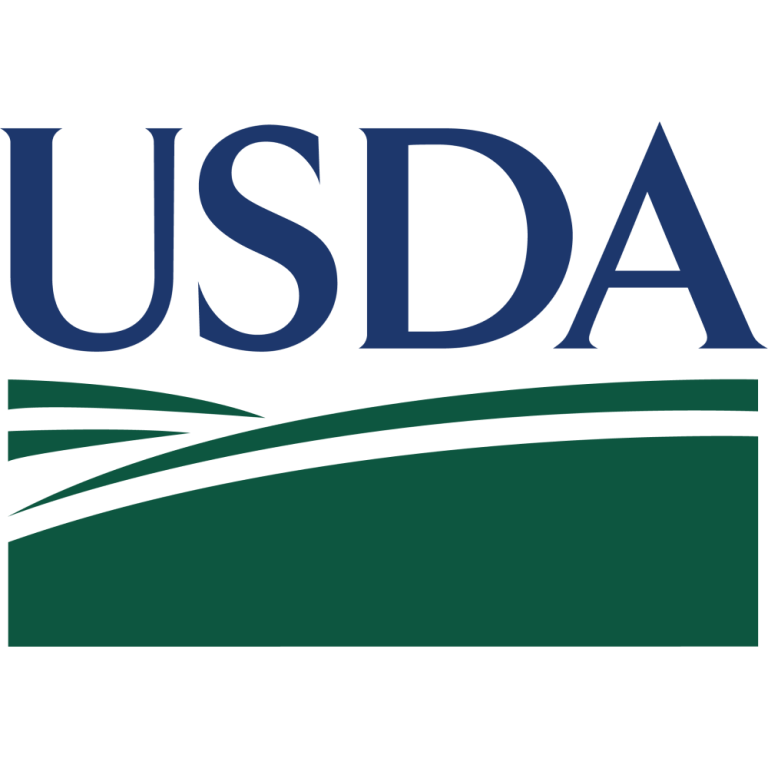
In 1985, the U.S. Department of Agriculture’s (USDA) Germplasm Resources Information Network (GRIN), the remnant of the effort…
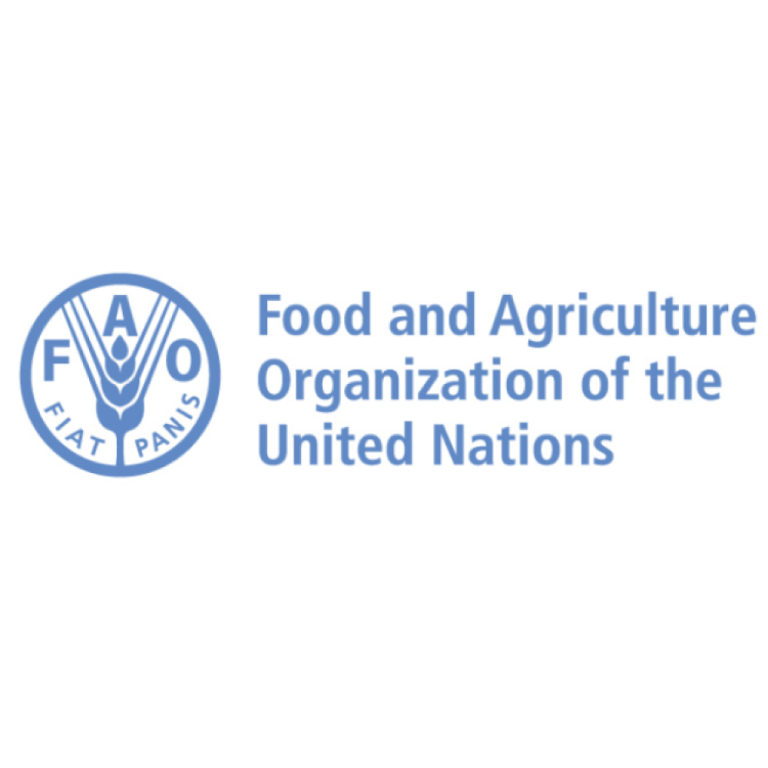
In 1983, at the 22nd session of the Food and Agriculture Organization (FAO), germplasm becomes a political football…

On Nov. 25, 1981, at the 21st session of the Food and Agriculture Organization (FAO) Conference in Rome,…
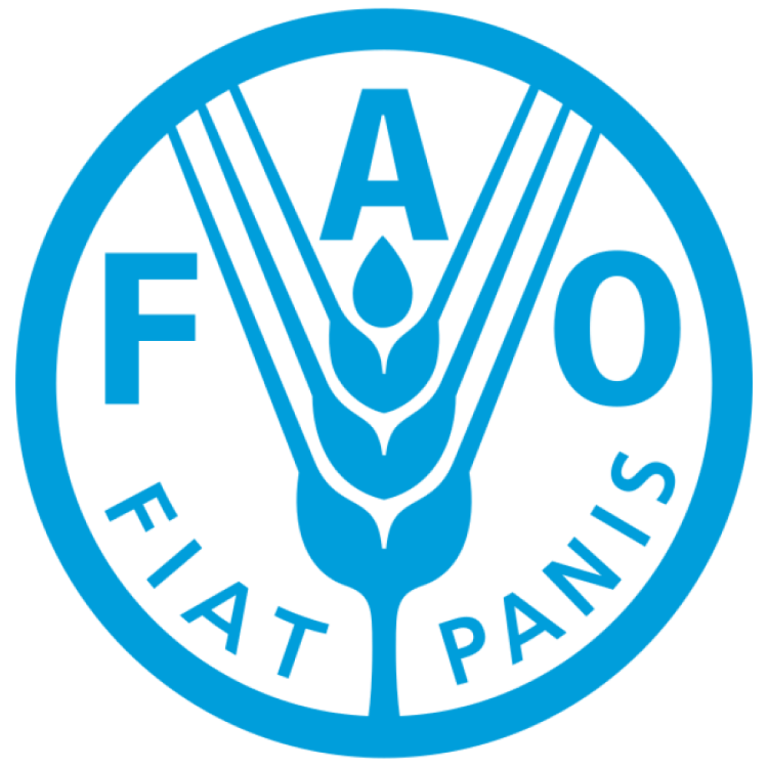
In 1977, the International Board for Plant Genetic Resources (IBPGR) having inherited from the Food and Agriculture Organization’s…
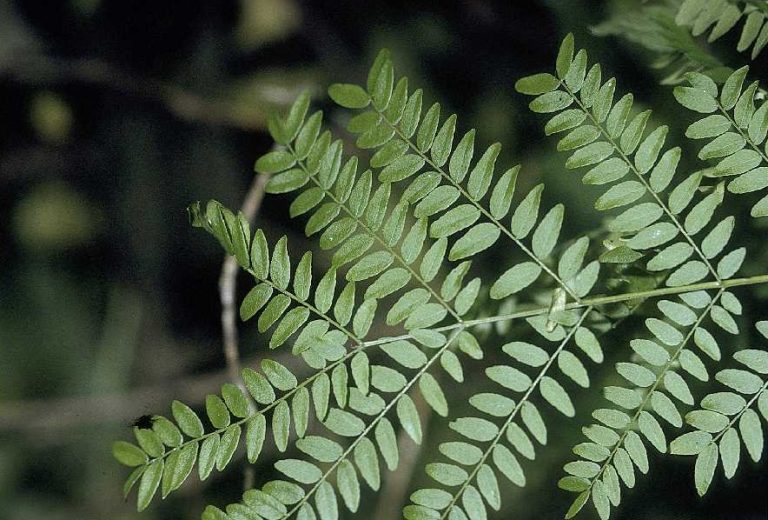
In 1974, n an attempt to bring order to the loosely structured state/federal new-crops research program, the National…
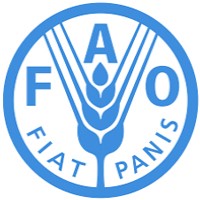
In 1971, The Plant Genetic Resources Newsletter was one of Bioversity Internationalメs flagship publications. Though no longer published,…
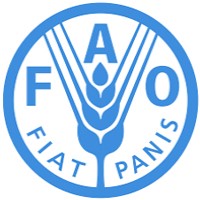
In 1969, The FAO’s Crop Ecology Unit sponsored the first attempt to develop a standardized, computerized data bank…
In 1969, a survey by the FAO’s Crop Ecology Unit reveals that only 28% of the approximately two…
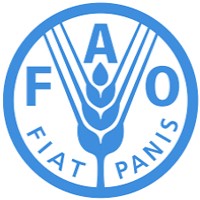
In 1968, The FAO created a Crop Ecology and Genetic Resources Unit to act as a clearinghouse for…

On Sept. 18, 1967, the Food and Agriculture Organization of the United Nations (FAO) and the International Biological…
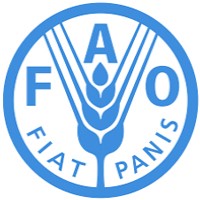
In 1964, the FAO, backed by the U.N. Special Fund, sets up the Crop Research and Introduction Centre…
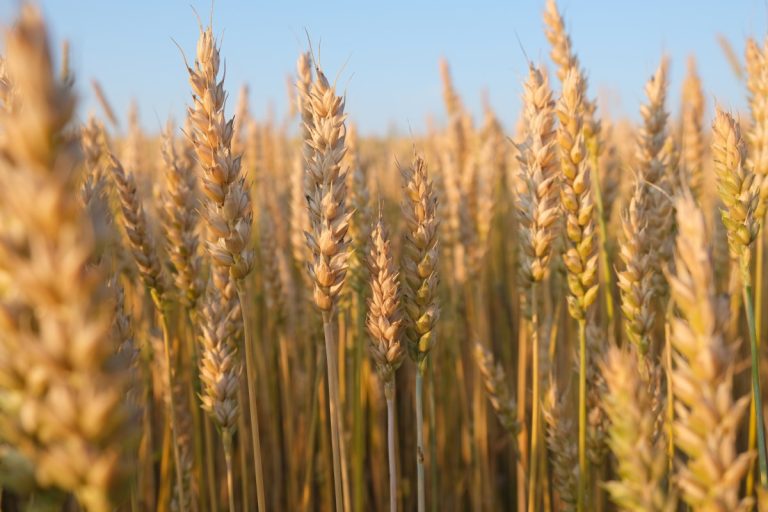
In 1961, as part of its World Seeds Year, the Food and Agriculture Organization (FAO) held a Technical…
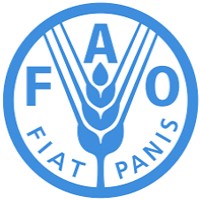
In 1957, the FAO published its first Plant Introduction Newsletter, a periodical summary of who has what germplasm…
In 1947, an FAO subcommittee recommends that the FAO become a clearinghouse for information and that it facilitate…